I work primarily at the intersection of theoretical and observational astrophysics, aiming to bridge models with data by interpreting observations within the framework of theoretical predictions. My research incorporates both analytical and numerical methods to tackle a variety of astrophysical topics.
The main project of my Ph.D. focuses on understanding high-redshift quasars through large-volume cosmological simulations. I am developing a theoretical framework to interpret observations of quasars and galaxies over cosmic time, addressing fundamental questions such as: Where does quasar activity takes place? How do the properties of quasars relate to those of their host halos/galaxies? What is the timescale of quasar activity, and how does it influence the growth of supermassive black holes?
In this context, I initially explored the implications of the demographic and clustering properties of quasars before cosmic noon. My focus then shifted to JWST observations, which are rapidly transforming our understanding of the early Universe. I developed a model to jointly constrain quasar and galaxy properties using JWST clustering measurements and investigated the characteristics of the abundant population of broad-line AGN discovered by JWST, often referred to as "little red dots".
I am also deeply interested in the formation and evolution of galaxies. For instance, I have investigated models of galactic outflows in the context of observations of extended [CII] halos in high redshift galaxies. In addition, I have experience in parameter inference for gravitational wave signals and have utilized radiative transfer simulations to study the morphology of protoplanetary discs.
Studying the extreme clustering of high-z quasars with large-volume N-body simulations
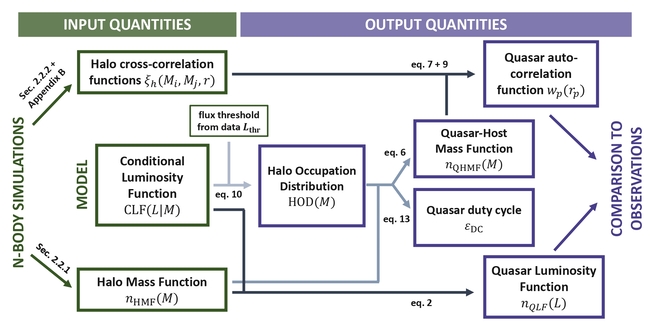
A unified model for the clustering of quasars and galaxies at z>6
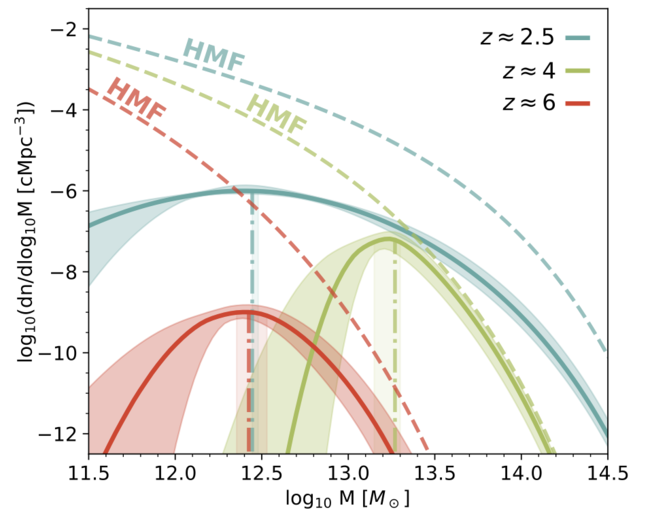
The enigmatic properties of the JWST Little Red Dots population
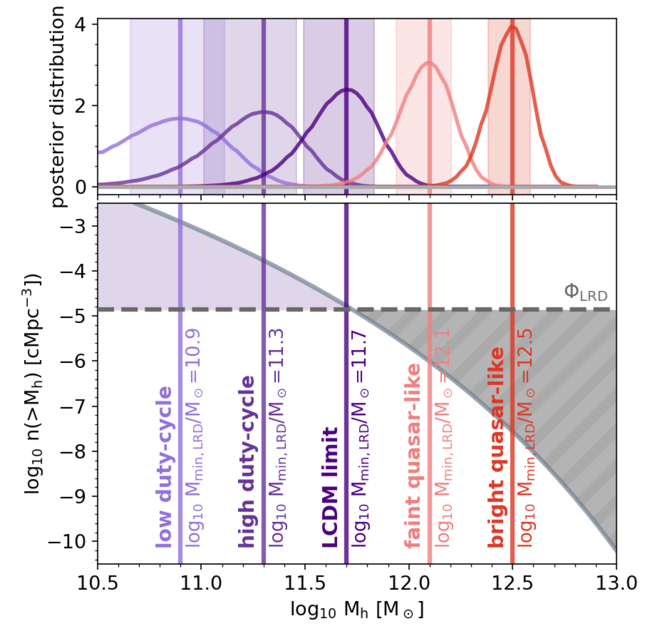
Massive black holes and quasars in the FLAMINGO cosmological simulation
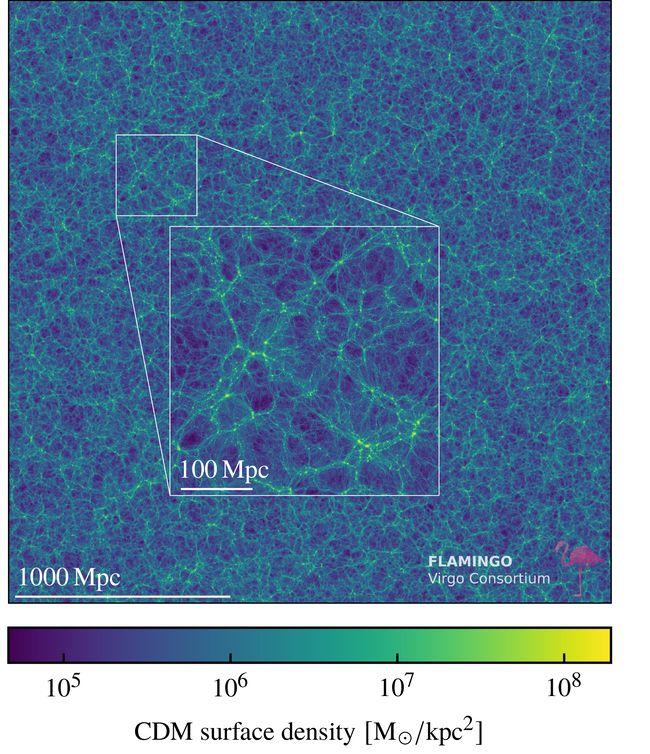
Modeling outflows and [CII] halos in high-redshift galaxies
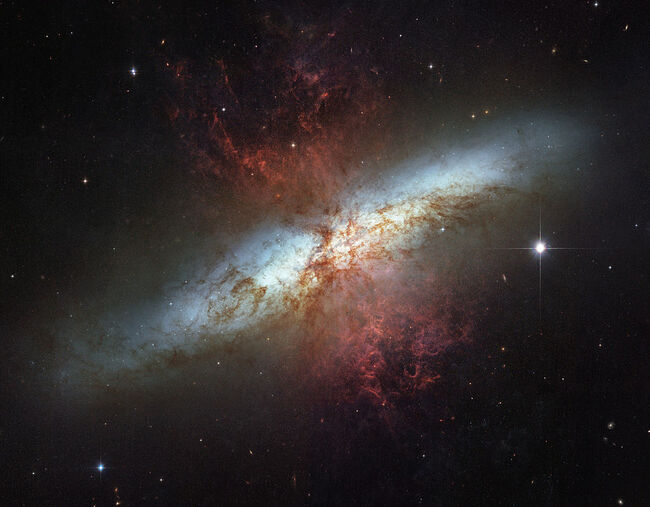
Turbulence and morphology of protoplanetary discs
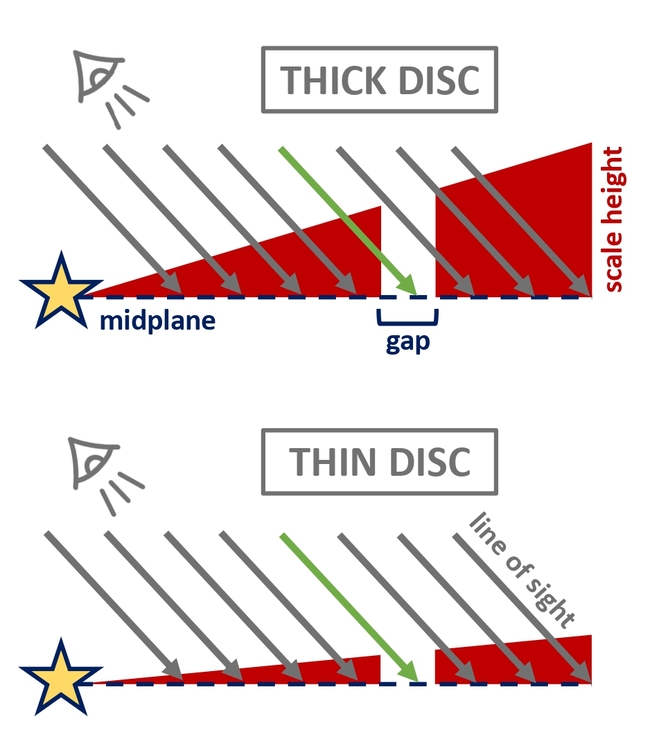
Overlapping gravitational waves signals in the next generation of detectors
